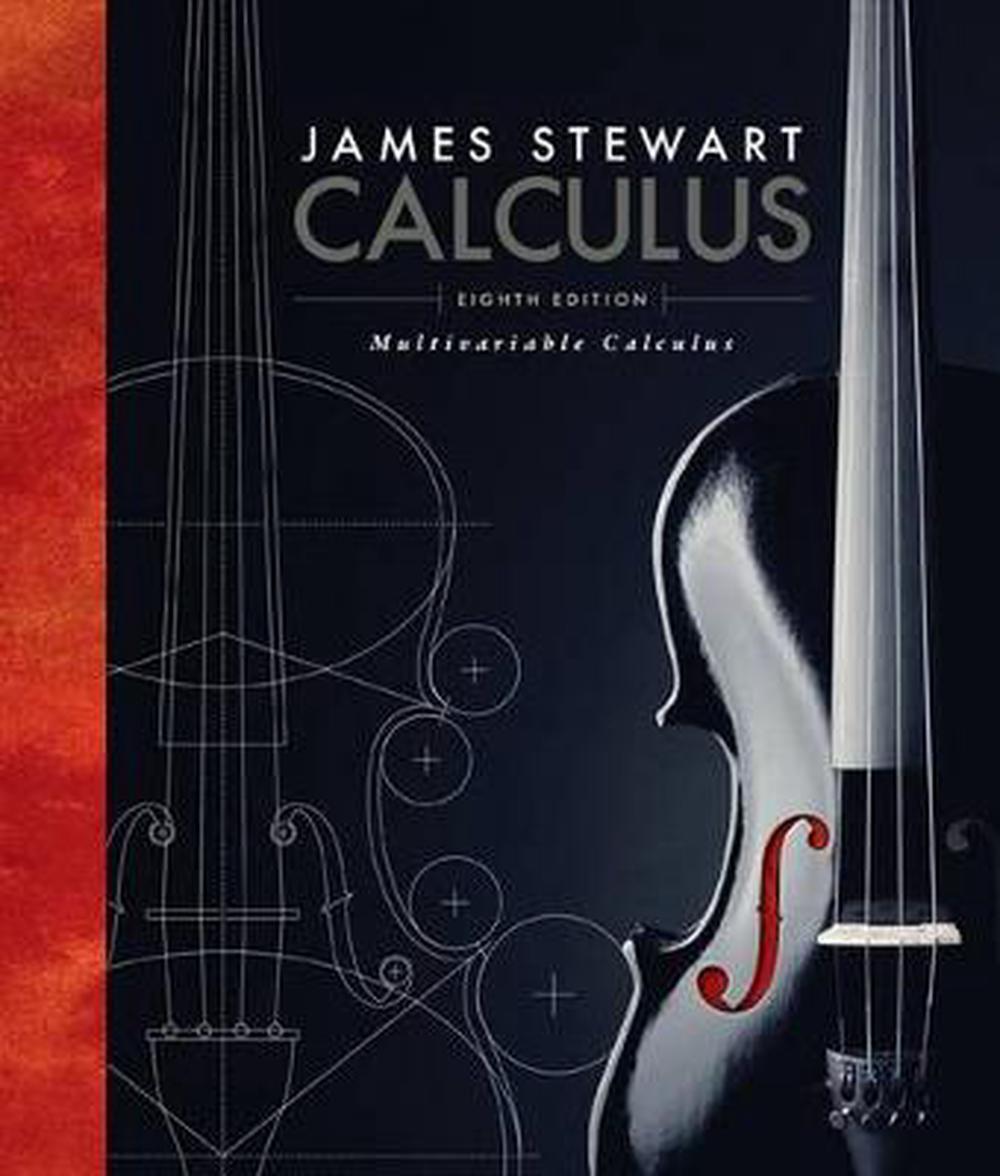

It had the answers and explanations to every question that I encountered in the book. There is a website called Slader that is basically a place where people share how they solved problems in textbooks. Using alternative resources together with it made my experience much, much better. Like I previously stated, when it works, it works well. Also, it is not formatted to be friendly to the written note-taker, using bold and italics to differentiate some variables from each other and other editing choices that are questionable.ĭespite these gripes, it got the job done and I have seen much worse textbooks. Possibly the most annoying part is that it is not particularly well written, so, in the midst of all this jargon and these complex paragraphs, I lose track of which variable is being talked about by which statement and I have to read the same paragraph multiple times. In addition, the examples were almost always much easier than the majority of the questions associated with the section. There were many examples that I couldn't figure out how the answer was achieved because a step was skipped that I didn't think about. Concepts are often explained with jargon and from an analytical standpoint and then there will be no follow-up connecting the concept to something concrete that the layperson can associate it with. The logical conclusions are sometimes hard to follow, especially with the diction that the author uses. Seriously though, if there is one place to write out every little detail and explanation, it is in a proof in a textbook. It suffers from proofs and explanations that skip steps that were probably deemed unnecessary or obvious by the writer. I have actually cursed out this book on multiple occasions. Unfortunately, as often happens in the fields of math and science, the expert has an inability to think like the student. There is a a lot of information and I had many of those lightbulb moments that have made me fall in love with calculus. Honestly, the resources I'll recommend at the bottom are probably sufficient for pretty much anyone interested in basic calculus. If you are a self-study with no professor to reach out to looking for an all-in-one resource, I recommend staying away from this textbook. Anyone who is buying this should definitely use this in conjunction with other resources which I'll mention at the bottom. TLDR: If you are a student, you're probably required to get this, so just buy it because it'll last you through most of the calculus classes that you'll be taking unless you pursue even more advanced math. Using it in combination with other resources, I nailed straight A's despite not having taken a math class in 8 years. Overall, this book has been a solid resource while taking calculus classes in college.


The James Stewart Mathematics Centre was opened in October, 2003, at McMaster University. The library of the Fields Institute is named after him. Stewart was named a Fellow of the Fields Institute in 2002 and was awarded an honorary D.Sc. Having explored connections between music and mathematics, Stewart has given more than 20 talks worldwide on Mathematics and Music and is planning to write a book that attempts to explain why mathematicians tend to be musical. Translations of his books include those in Spanish, Portuguese, French, Italian, Korean, Chinese, Greek, and Indonesian.Ī talented violinst, Stewart was concertmaster of the McMaster Symphony Orchestra for many years and played professionally in the Hamilton Philharmonic Orchestra.
#James stewart calculus 8th edition series
He is also co-author, with Lothar Redlin and Saleem Watson, of a series of college algebra and precalculus textbooks.

Stewart’s books include a series of high school textbooks as well as a best-selling series of calculus textbooks. His research has been in harmonic analysis and functional analysis. After two years as a postdoctoral fellow at the University of London, he became Professor of Mathematics at McMaster University. degree from Stanford University and the Ph.D.


 0 kommentar(er)
0 kommentar(er)
